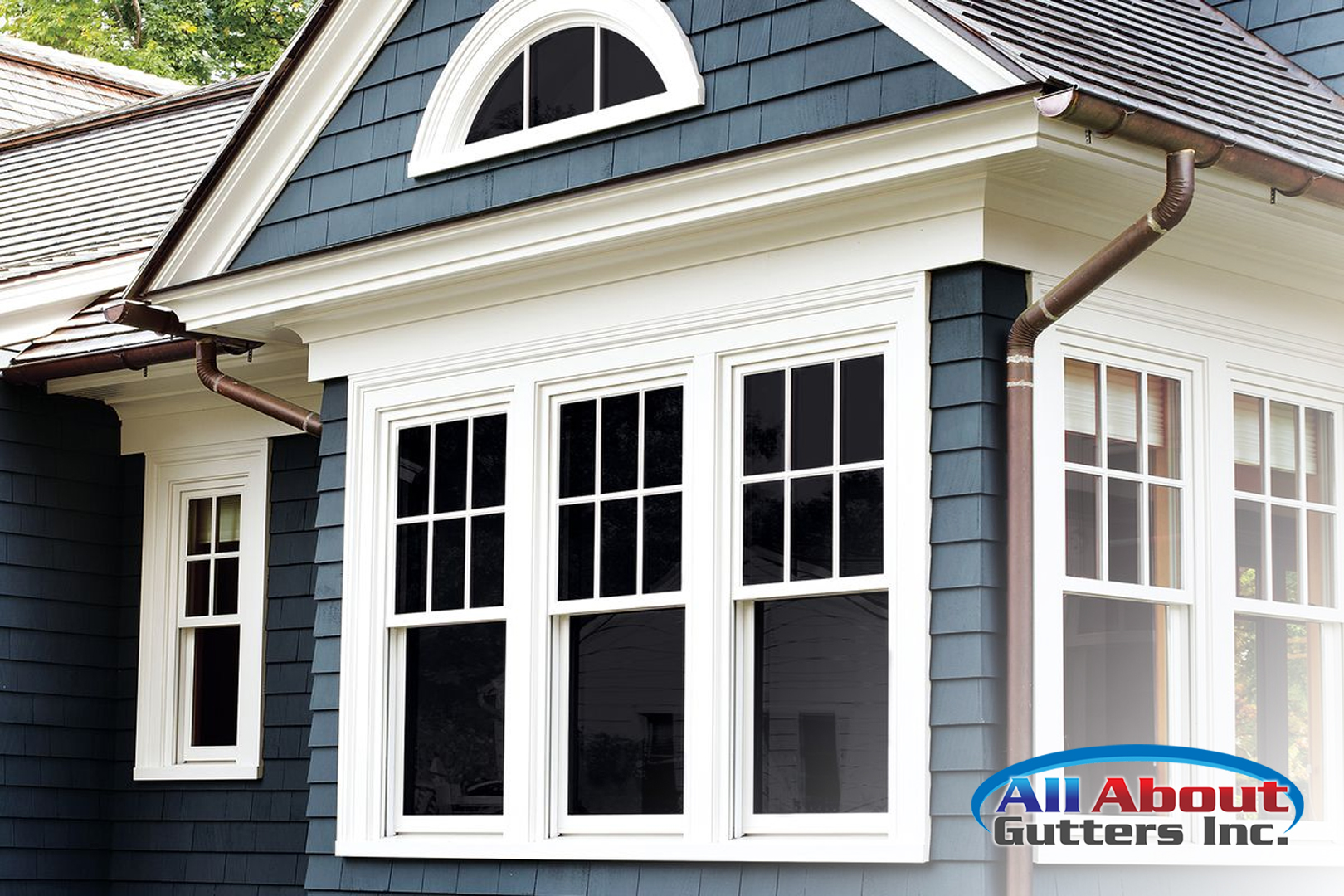How Curved Gutters Are Made?
If you are interested in the gutters installation, surely you are aware of the different types of gutters that you can choose from. We not only find a multitude of materials on the market, such as zinc, aluminum, or copper. However, you can also choose the shape you want the pipes of the rainwater collection installation of your property to have. One of the most popular duct options, in addition to being the most traditional, are curved gutters.
If you look at it, this form in rain gutters is very common
around us. Being present in constructions of all kinds, from the oldest to the
most modern. However, have you ever wondered how curved gutters are made? To
answer this question, we are going to review the different methods that have
been used throughout the history of rainwater evacuation.
Traditional manufacture of round
gutters
At the beginning of the last century, the use of gutters
began to spread in most buildings in our towns and cities. But, of course, at
that time there was neither the technology nor the industrialization that
exists today. So the curved gutters were made one by one in specialized
workshops.
These workshops were dedicated to working metal manually.
Hitting the metal pieces to give them the desired curvature. However, although
this method is very effective for the manufacture of other products, in the
case of gutters it is not very practical. This is due not only to the time
required to make each piece but also to the imperfection involved in manual
processing.
In addition, the pieces are not usually long so it is
necessary to join several conduits in the same assembly. Making the
installation more complex, even influencing the inclination of the gutters. However,
we have to point out that there are still shops that manually manufacture
curved gutters for rustic installations or to meet specific designs.
Using roll forming machines to make
curved gutters
With the development of technology, techniques for making
gutters also advanced. Tending more and more to the mechanization of processes.
Thus arose the profiling machines to quickly make rain ducts in different ways.
These machines are made up of a device through which the metal plates pass,
giving them the desired shape.
The great advantage of the appearance of this machinery is
the speed with which gutters can be manufactured. Influencing very positively
in the price of the same and in the cost of the facilities. In addition, the
profiling machines have other notable advantages, such as the perfection of the
finishes. Not to mention the possibility of being able to settle anywhere.
Industrial manufacturing of curved ducts
Little by little the roll forming machines were perfected
until they reached the machines that we now find in any industrial gutter
factory. The operation is basically the same as that of a small device of this
type, but with a much larger reservoir for the metal coils. Allowing the
manufacture of continuous gutters of great length.
Thus, much tighter prices for the installation of gutters
are achieved, although without any possibility of customization. The mass
production of zinc, aluminum, or copper gutters allows lowering the price per
piece much more by being able to manufacture many more units in a faster and
more precise way.
Custom production of gutters on-site
One of the most popular options offered by gutter companies
today is jobsite gutter fabrication. This supposes the possibility of being
able to make the pipes of the rainwater evacuation system now and to measure.
Saving transport costs by being done right at the time of installation.
It is a great option for creating continuous curved gutters on-site by installing a portable roll former on a truck or van. In this way, we can take the measures now and make the necessary conduits for faster and cheaper service.




Comments
Post a Comment